
The sales or licensing of patents via NFTs, automated by the use of smart contracts, could benefit potential buyers, sellers, or licensees.
Nonfungible tokens, or NFTs, are digital records of the ownership of assets. The asset types most commonly associated with NFTs are digital assets, such as artwork like memes, GIFs, or gaming characters or properties. Assets represented by NFTs, however, may be digital, physical, tangible or intangible. Examples of asset types that have been transferred or that have had their ownership recorded utilizing NFTs include sports memorabilia, copyrights in music, artwork and real estate. Intellectual property assets and, specifically, the ownership and transfer of ownership of patents may also be recorded and transferred as NFTs.
Related: Nonfungible tokens from a legal perspective
The ownership of real estate may be recorded in a registry of deeds, the ownership of patents may be recorded in the United States Patent and Trademark Office (USPTO), and the ownership of written works or music may be recorded in the Library of Congress through the copyright system. Because similar systems for recording ownership do not exist for asset types such as collectibles, video clips, memes, digital avatars or inventions that are deemed ineligible for patentability due to being too abstract, there is a huge benefit to utilizing NFTs. However, even assets that have existing systems for recording ownership, such as the USPTO for patents, may still benefit from using NFTs to aid potential buyers, sellers or licensees in understanding the owner and value of a particular patent.
NFTs and blockchain technology
The ownership of NFTs are recorded on a blockchain, a distributed digital ledger that provides for immutable records of transactions and for transfers of ownership of assets via software code known as smart contracts. Blockchain technology is best known as the technology for recording transactions involving cryptocurrencies, such as Bitcoin (BTC).
Related: How the NFT market leveraged blockchain tech for explosive growth
The recording of NFTs on a blockchain provides multiple benefits. On a blockchain, information such as NFTs is recorded in a series of blocks of data of a certain size, depending on the blockchain implementation. When the amount of information to be recorded is sufficient to meet the block size requirement of the blockchain, a new data block is created and appended to the end of the existing chain of blocks in the blockchain. The new data block includes a cryptographic code, referred to as a cryptographic hash, generated from a combination of data associated with the information in the new block and the cryptographic hash of the preceding block. This renders the information in the blocks of a blockchain secure. If a malicious party were to attempt to alter information in a block of a blockchain — for example, an ownership record included in an NFT — this would result in a change to the cryptographic hash of the associated block. This change would result in mismatches or changes to the cryptographic hashes in the subsequent data blocks, providing an indication of the unauthorized change to the recorded information.
Further, the data blocks in a blockchain, collectively referred to as the blockchain ledger, are not recorded in a centralized location. Rather, the blockchain ledger is recorded in multiple different computer systems, typically of users who have performed a transaction via the blockchain or who created one or more new blocks on the chain. The lack of a single centralized location for the blockchain ledger further increases the security of the information recorded on the blockchain. A malicious party could not hack a single computer system to alter the records in a blockchain because the ledger on that single computer system would then not match the ledgers recorded on other computer systems in the network. If there was an indication of a change in information previously recorded on the blockchain — for example, due to a change in a cryptographic hash of one or more blocks — the ledgers of multiple or all of the different systems in which the ledger was recorded could be compared to determine which system had been compromised. Thus, recording ownership, assignments, and prior sales or licenses of assets, such as patents, as NFTs on a blockchain would benefit potential buyers, sellers and potential licensees by providing an unalterable public record.
Patents and NFTs
Currently, there are no requirements for recording assignments or sales of patents with the United States Patent and Trademark Office, so it is often difficult to know the owner of a patent. It is also difficult to evaluate the value of a patent because the terms of sales or licenses of patents are rarely made public. If a patent was sold or licensed via NFTs, a record of the sale and current owner or licensee of the patent would be instantly available to the public. To further benefit potential buyers, sellers or licensees, the sales or licensing of patents via an NFT could be automated by the use of smart contracts.
The first NFT was created in May 2014, but NFTs did not gain much public attention until 2017 when Larva Labs released a project dubbed CryptoPunks for the trade of cartoon characters on the Ethereum blockchain and Dapper Labs released the CryptoKitties gaming project, which allowed players to purchase, trade and “breed” virtual cats.
The market associated with the sales of NFTs grew significantly in 2021, with an estimated sales value of more than $250 million. Notable NFT sales include: an algorithm-generated pixel art image of an alien from the CryptoPunks project in March 2021 for $7.57 million; Twitter CEO Jack Dorsey’s first-ever tweet from 2006 in March 2021 for $2.9 million; and many more. In one of the highest-priced NFT sales to date, the auction house Christie’s sold a digital artwork, “Everydays: The First 500 Days,” by the digital artist Mike Winkelman, also known as Beeple, for $69.3 million in March 2021. NFTs may now be created and sold on digital auction sites or by traditional auctioneers, such as Christie’s.
Creating an NFT-based marketplace for asset types, such as patents, will take time and would require patentees to adopt a new paradigm with respect to recording patent ownership, transfers and licensing. A lot of initial work would be required to create the digital representations of ownership of existing patents as NFTs. Difficulties may arise if transfers or licenses were made but not recorded on the blockchain, thus creating conflicting records of ownership; however, work on such a marketplace has begun. For instance, IBM has announced plans to work with the patent market IPwe to create a digital marketplace to record and provide for the transfer of ownership of patents via NFTs. True Return Systems LLC has begun the first auction for a patent in the form of an NFT, appropriately for a patent directed to blockchain technology.
This article does not contain investment advice or recommendations. Every investment and trading move involves risk, and readers should conduct their own research when making a decision.
The views, thoughts and opinions expressed here are the author’s alone and do not necessarily reflect or represent the views and opinions of Cointelegraph.

You can get bonuses upto $100 FREE BONUS when you:
💰 Install these recommended apps:
💲 SocialGood - 100% Crypto Back on Everyday Shopping
💲 xPortal - The DeFi For The Next Billion
💲 CryptoTab Browser - Lightweight, fast, and ready to mine!
💰 Register on these recommended exchanges:
🟡 Binance🟡 Bitfinex🟡 Bitmart🟡 Bittrex🟡 Bitget
🟡 CoinEx🟡 Crypto.com🟡 Gate.io🟡 Huobi🟡 Kucoin.
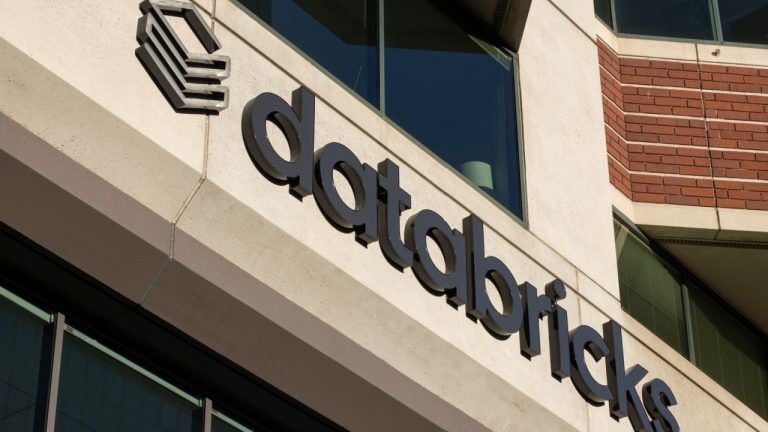
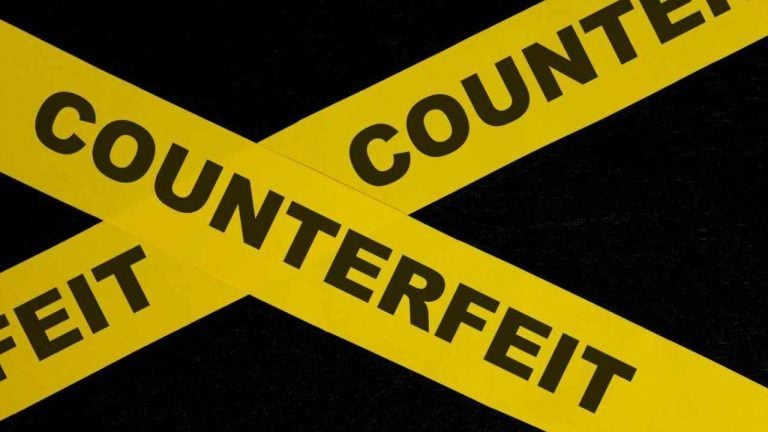
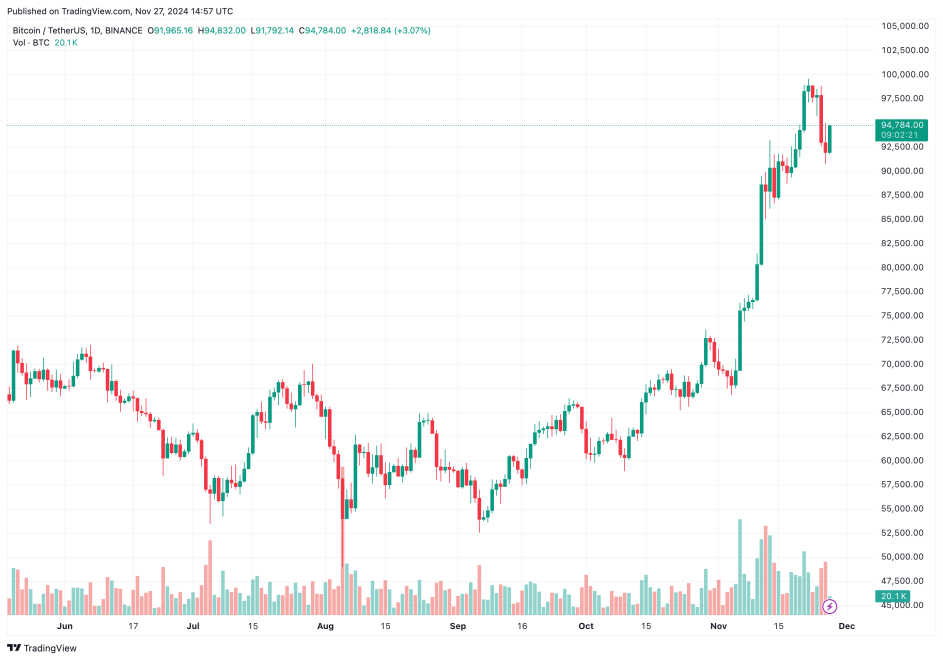



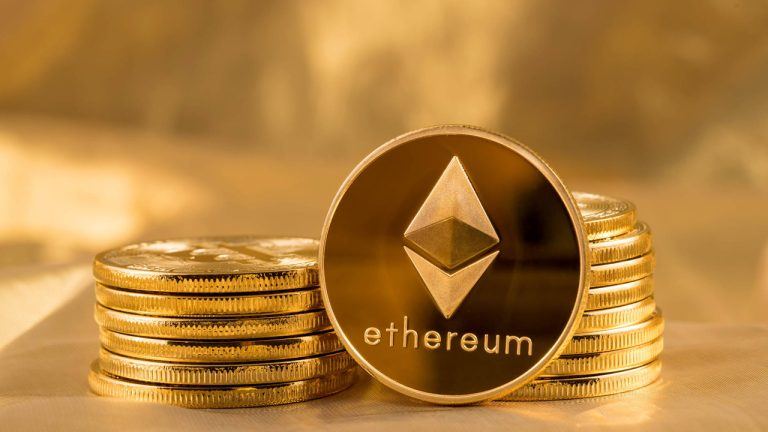
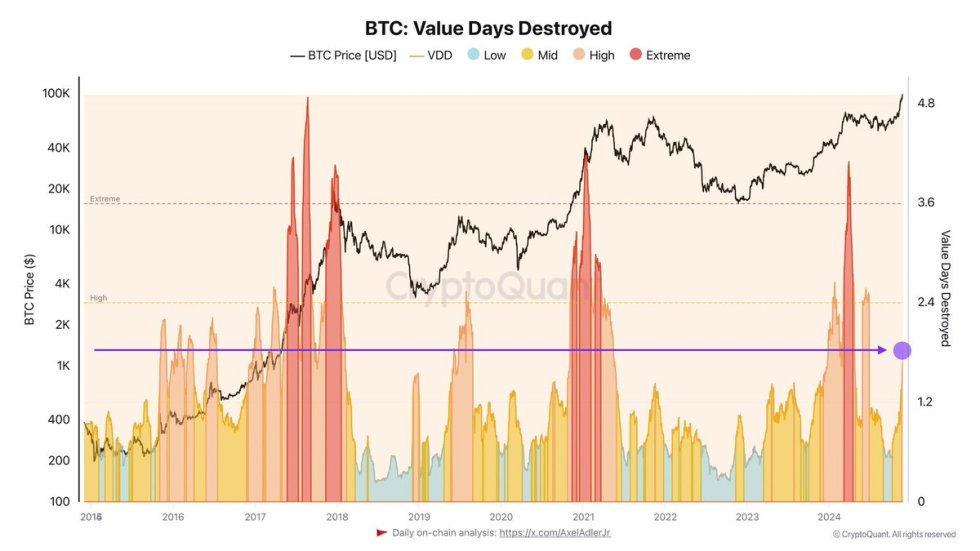
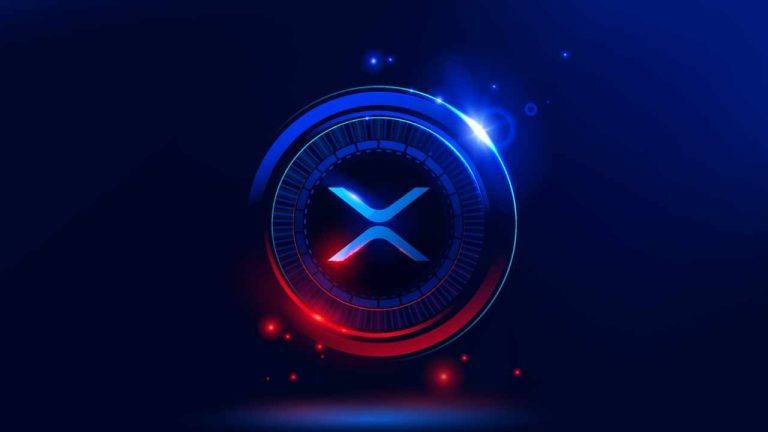

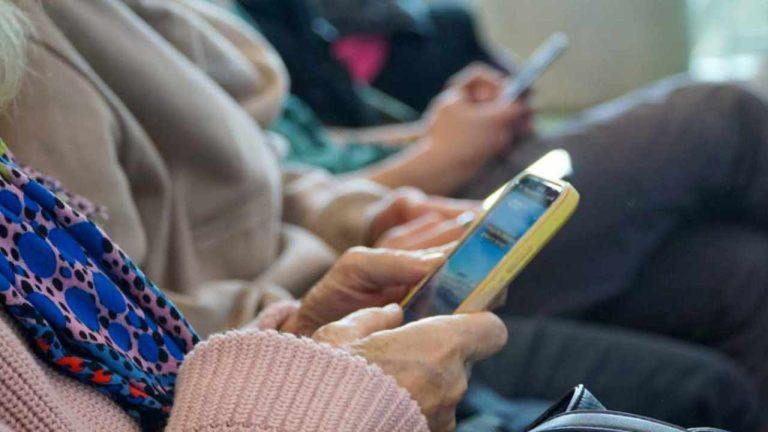
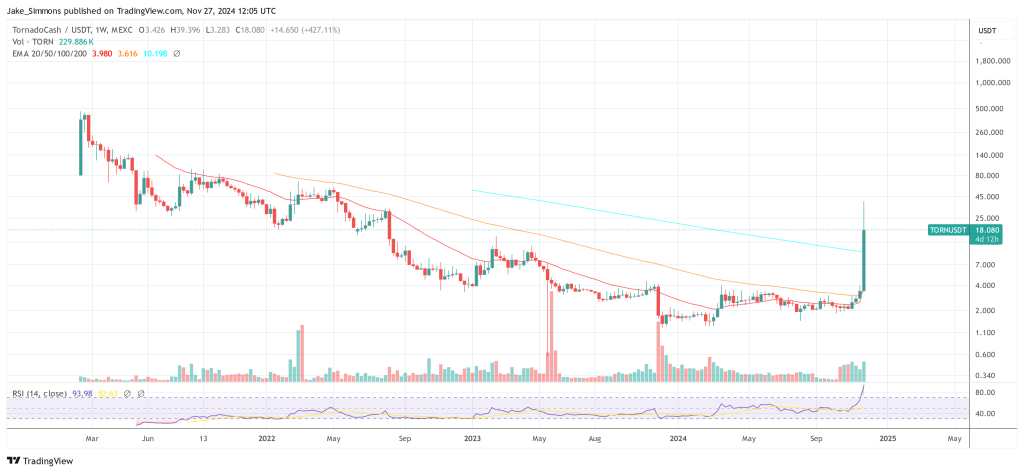
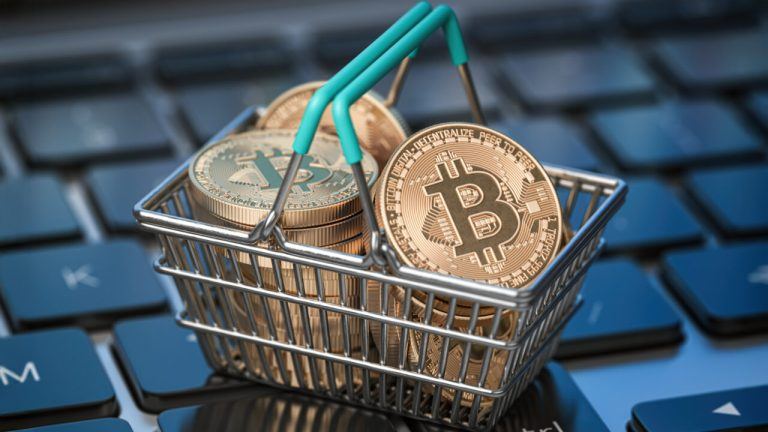

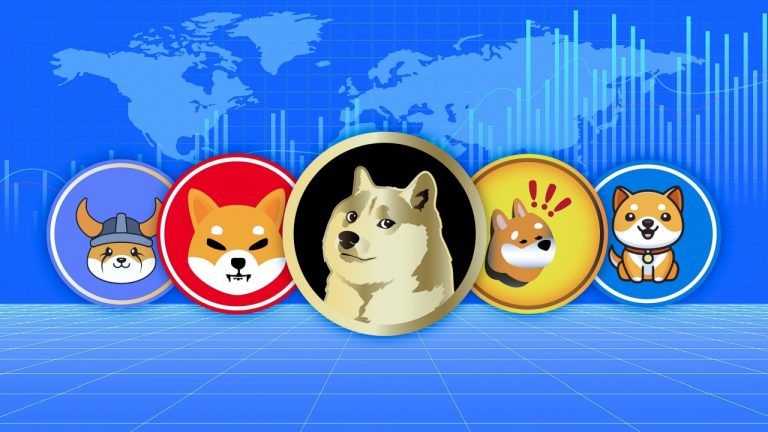

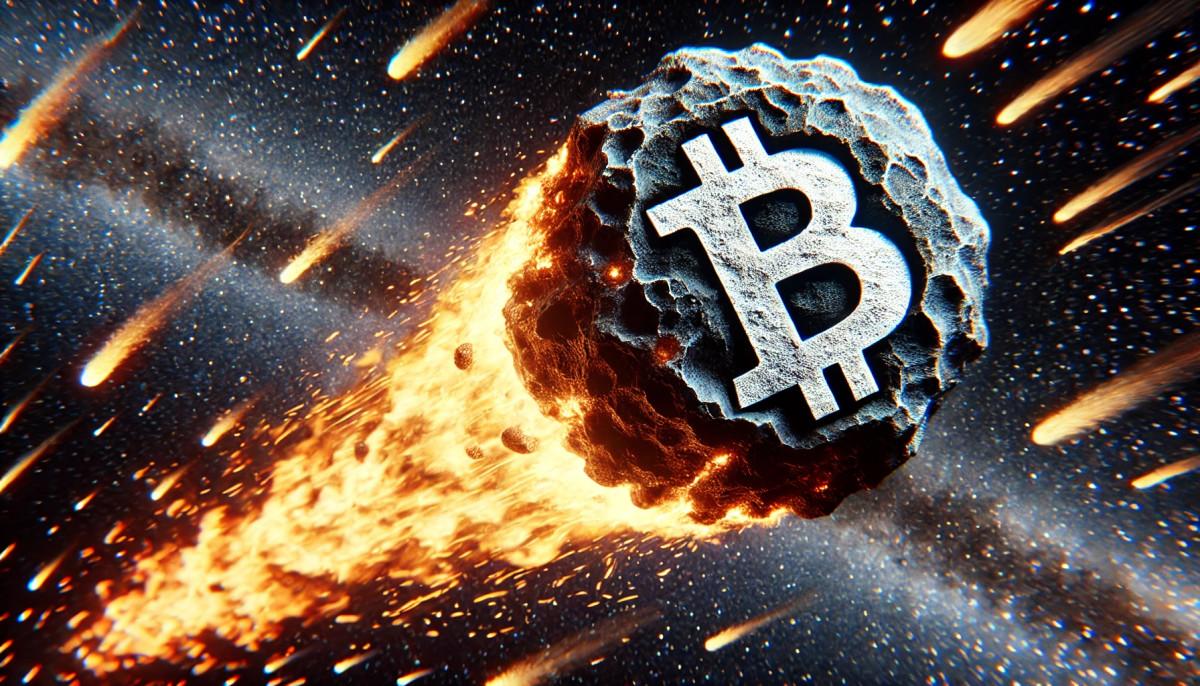
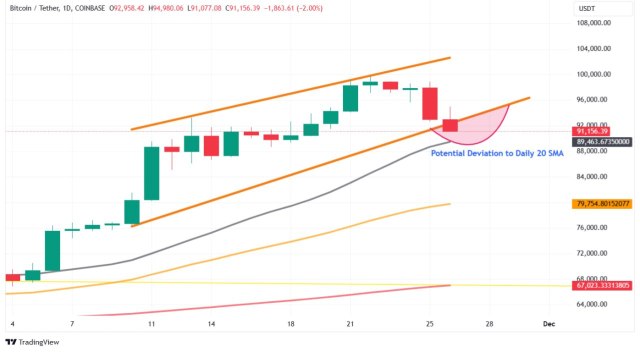
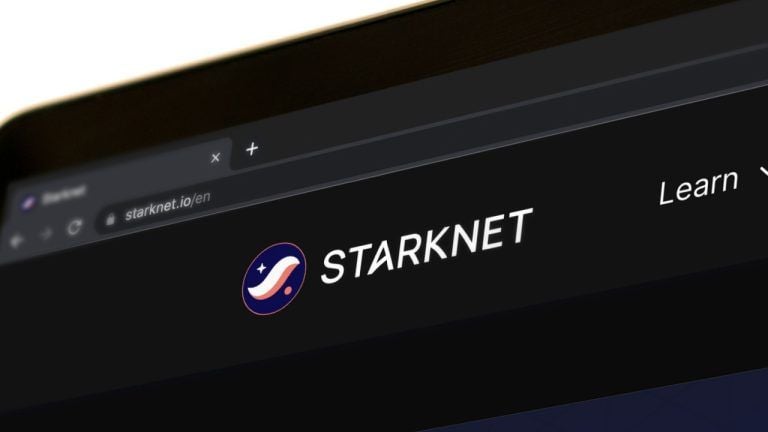
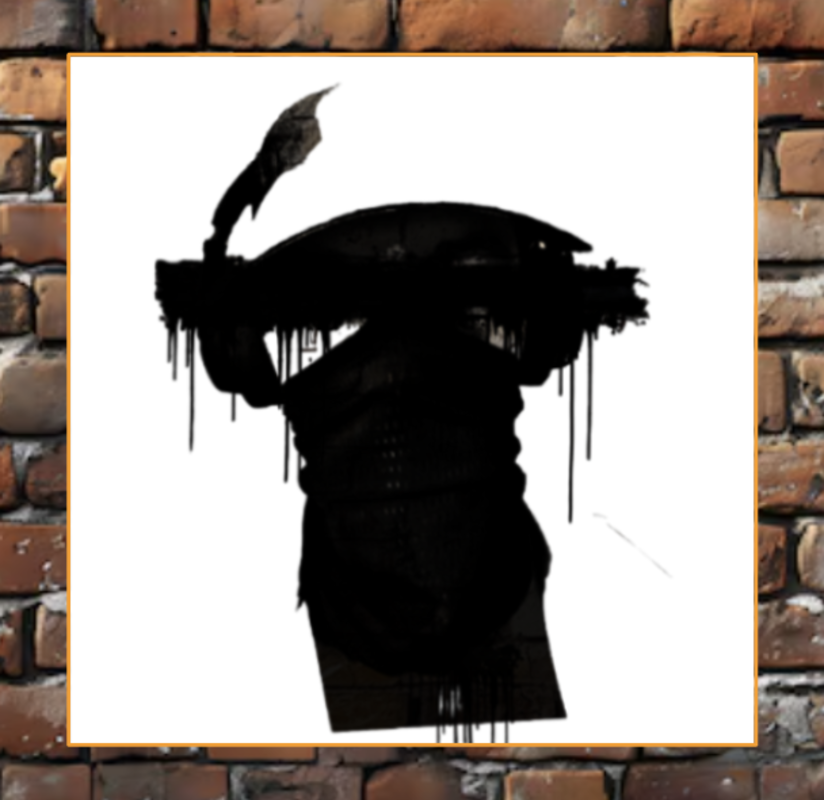
Comments